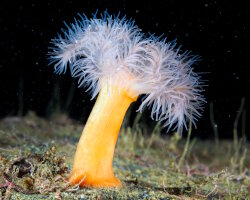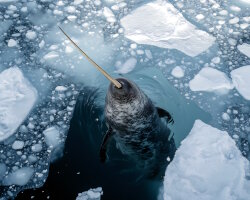Sealife guideThe scalloped hammerheadSphyrna lewini
Taxonomy
- Common name: Scalloped hammerhead
- French name: Requin marteau halicorne
- Spanish name: Tiburón martillo,cornuda común
- Scientific name: Sphyrna lewini (Griffith & Smith, 1834)
- Family name: Sphyrnidae
- Order name: Carcharhiniformes
- Class name: Elasmobranchii
Description
The scalloped hammerhead shark is a medium-sized shark species, typically measuring 6.5 to 10 feet in length, with the largest specimens reaching up to 13 feet. Its body color ranges from gray to brownish on the back and whitish on the belly. The first dorsal fin is large and triangular, while the second one is very small. As the shark ages, the tips of its pectoral fins darken, along with the tip of the lower lobe of the tail.
The scalloped hammerhead shark's head has a distinctive T-shape, which gives it its name of hammerhead shark, but with a front edge that is slightly more curved than the
great hammerhead shark and a well-defined notch in the center.
Range
The scalloped hammerhead shark is a coastal shark that inhabits warm, temperate, and tropical waters of the Atlantic, Pacific, and Indian oceans.
The scalloped hammerhead shark is found along the eastern Pacific coast from California to Peru, along the western Atlantic coast from New Jersey to Brazil, including the Gulf of Mexico and the Caribbean Sea. It also inhabits waters from Japan to Tahiti, nearly the entire African coastline, from the Mediterranean to Namibia on the west coast, and from the Red Sea to South Africa on the east coast
Habitat
The scalloped hammerhead shark is found above continental and insular shelves, around seamounts, and near coral reefs, at depths of up to 900 feet. This species is highly gregarious, often forming large schools of over 100 individuals, though smaller groups of 10 to 50 sharks are also common. Occasionally, the scalloped hammerhead can also be observed solitary.
Juvenile scalloped hammerhead sharks typically inhabit shallow coastal waters, while adults prefer deeper offshore waters.
The scalloped hammerhead shark regularly makes deep nocturnal dives, reaching depths recorded by scientists of over 2,950 feet, with a record of 4,070 feet for a female tracked in Hawaii.
Diet
The scalloped hammerhead shark has a varied diet, feeding on fish, cephalopods such as squids and octopuses, which it hunts at great depths, as well as, to a lesser extent, crustaceans like crabs and shrimp.
They can also feed on other sharks, including members of their own species, and show a particular preference for stingrays, being apparently immune to their venomous spines.
Reproduction
The scalloped hammerhead shark is a viviparous species, with females giving birth after a gestation period ranging from 8 to 12 months. They give birth to litters of 15 to 40 pups, measuring between 14 and 22 inches at birth.
The nursery areas are typically located in very shallow waters, providing a protected environment for the growth of the juveniles. Males reach sexual maturity at around 8 to 10 years, while females become mature between 12 and 15 years.
Females show site fidelity to certain coastlines and breeding areas, and do not engage in oceanic migrations.
Did you know ?
The longevity of the scalloped hammerhead shark can reach up to 30 years.
The scalloped hammerhead is listed as many other marine species within The
IUCN Red List of threatened species. The scalloped hammerhead appears in the
IUCN Red List since 2019 within the category Critically Endangered !
Within the same genus
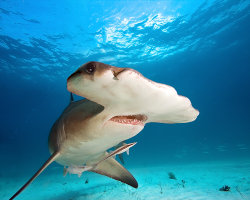
Great hammerhead shark
(Sphyrna mokarran)
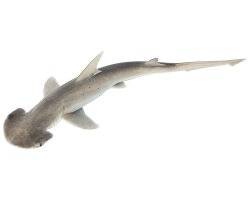
Bonnethead shark
(Sphyrna tiburo)
Within the same family
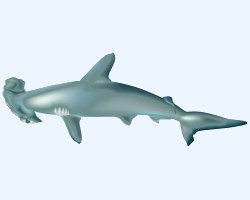
Hammerhead shark
(9 espèces)
Explore also
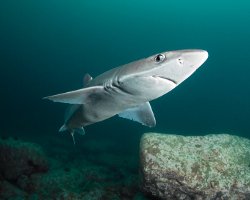
Spiny dogfish
(Squalus acanthias)
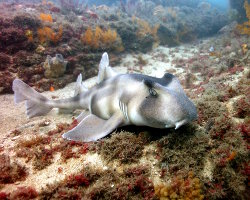
Crested hornshark
(Heterodontus galeatus)
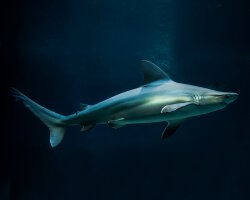
Sandbar shark
(Carcharhinus plumbeus)
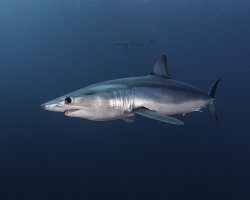
Short fin mako
(Isurus oxyrinchus)

Oceanic whitetip shark
(Carcharhinus longimanus)
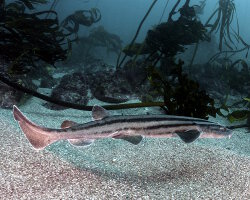
Pyjama shark
(Poroderma africanum)
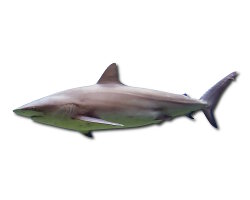
Dusky shark
(Carcharhinus obscurus)
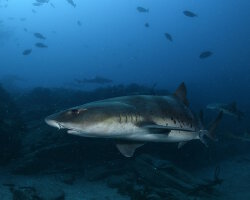
Banded houndshark
(Triakis scyllium)
The marine species

Adelie penguin
(Pygoscelis adeliae)
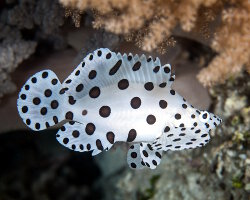
Barramundi cod
(Cromileptes altivelis)
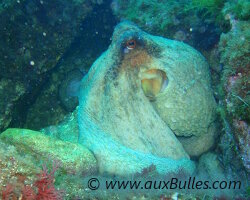
Common octopus
(Octopus vulgaris)
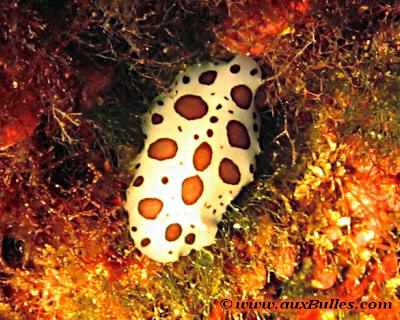
Dotted sea slug
(Peltodoris atromaculata)
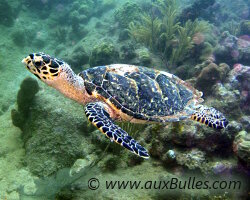
Hawksbill sea turtle
(Eretmochelys imbricata)
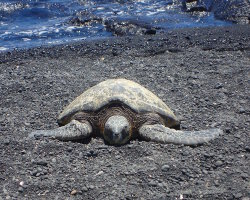
Kemp's ridley sea turtle
(Lepidochelys kempii)
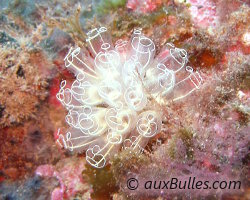
Light bulb sea squirt
(Clavelina lepadiformis)
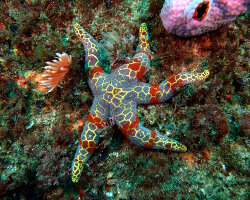
Mosaic sea star
(Plectaster decanus)





















